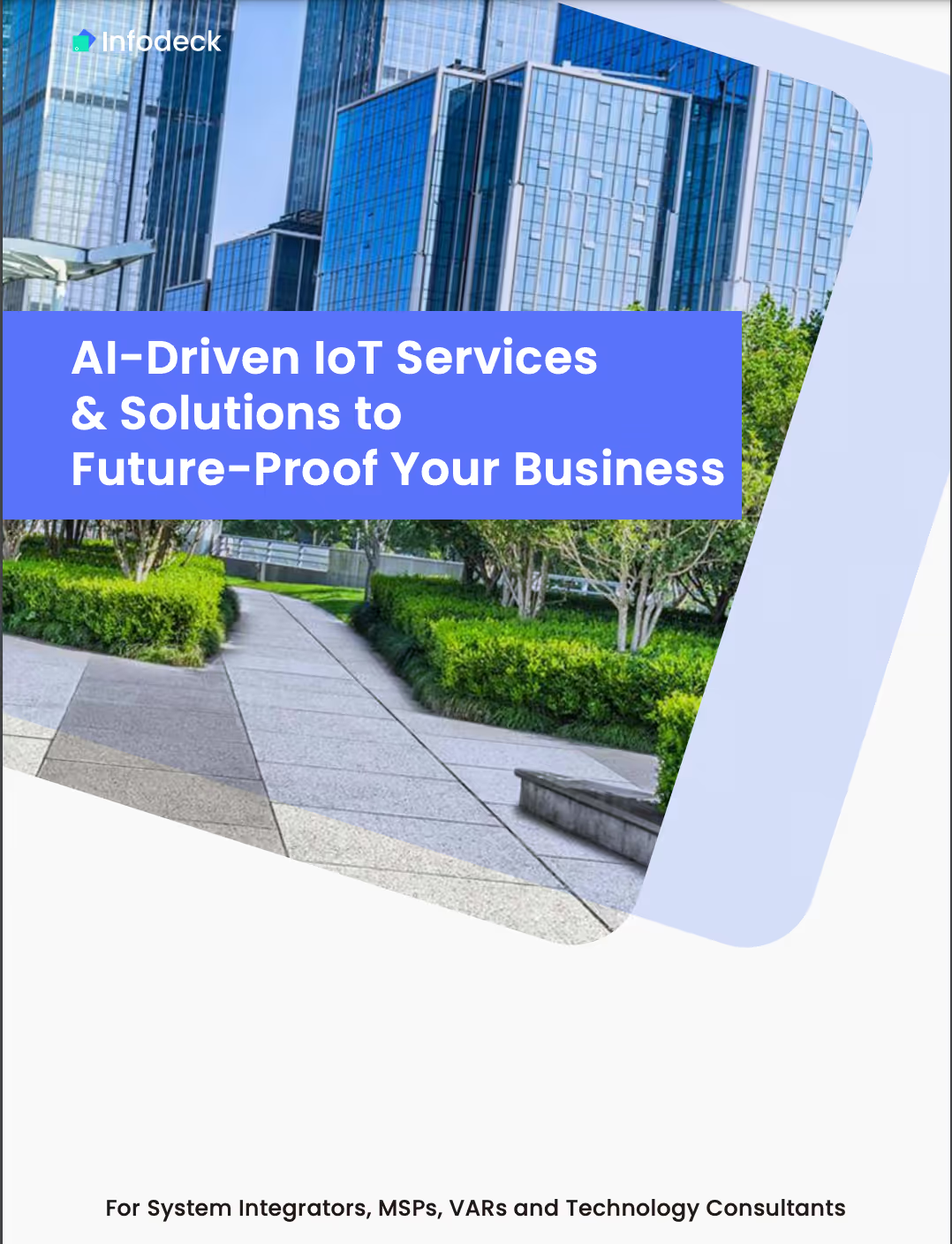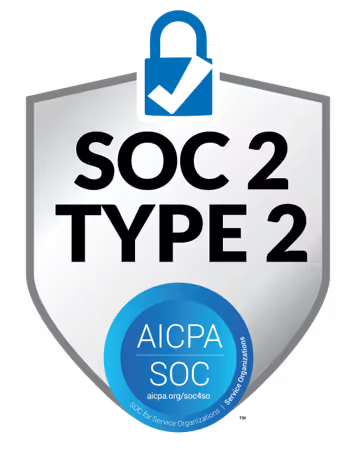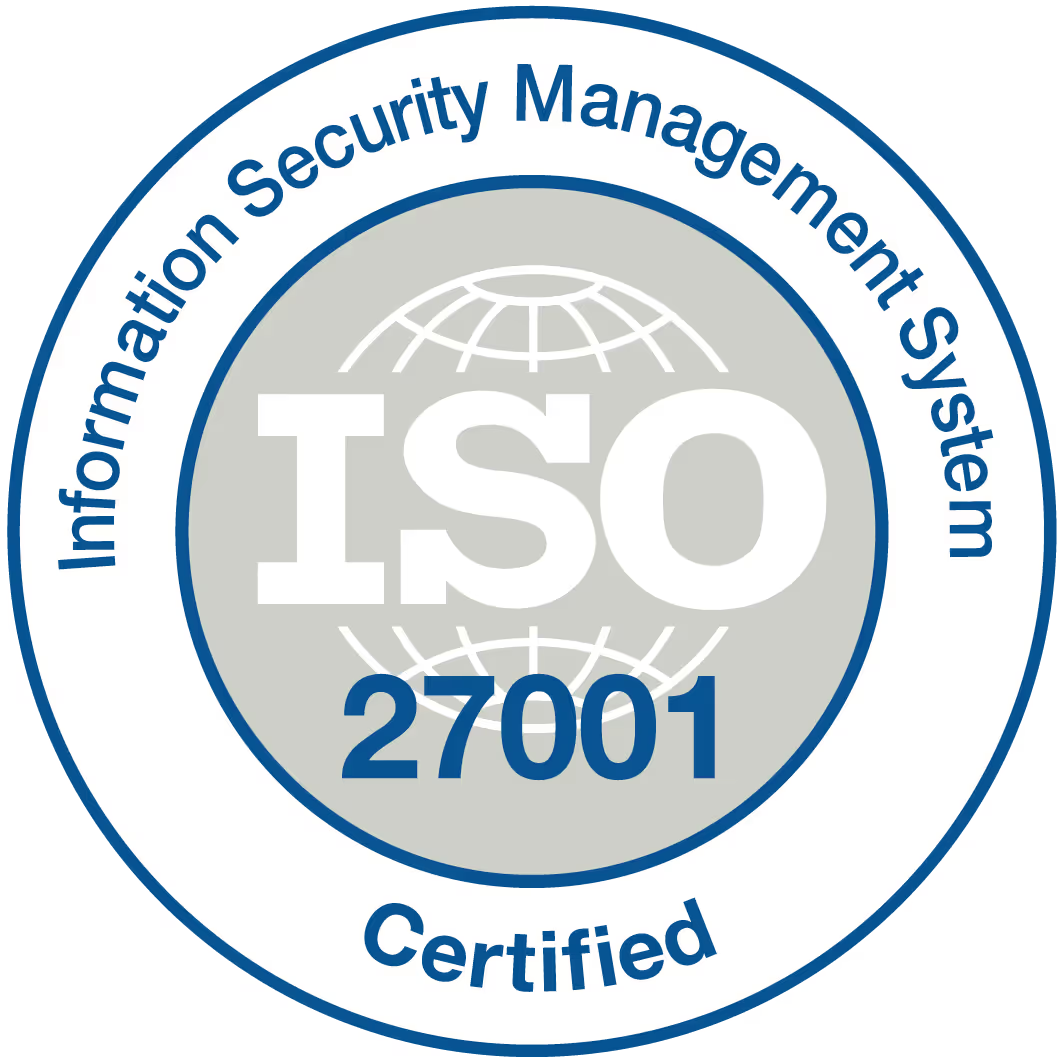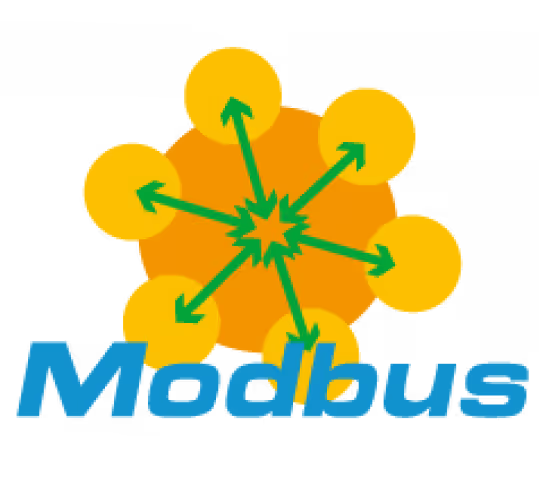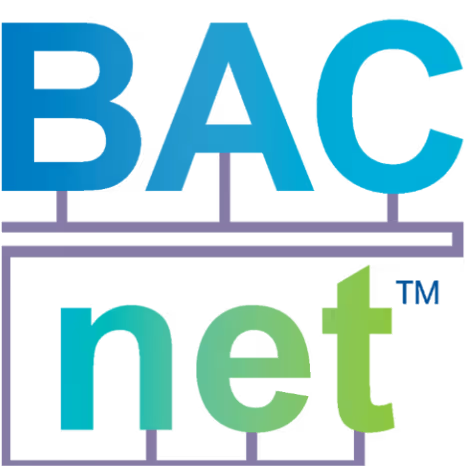Quick Answer
CMMS vs Facilities Management Software: 5 Key Differences (2025) ⚡ Quick Answer CMMS (Computerized Maintenance Management System) focuses only on maintenance tasks like work orders and asset tracking.
CMMS vs Facilities Management Software: 5 Key Differences (2025)
Quick Answer
covers everything: maintenance PLUS space management, energy monitoring, vendor management, and compliance. Most organizations need full FM software, not just CMMS.
Comparing conventional CMMS to the new Smart Facilities Management solution and leveraging IoT is a game changer for facility management. By integrating IoT technology, organisations enhance maintenance efficiency, reduce downtime, and optimise resource allocation. This shift allows real-time monitoring of assets, predictive maintenance scheduling, and data-driven decision-making processes. The convergence of CMMS with smart facilities management streamlines operations, boosts productivity, and ensures cost-effectiveness in facility maintenance practices.
TL;DR
- Implement CMMS software to streamline maintenance operations and improve efficiency in facilities management.
- Leverage IoT technology to enhance predictive maintenance practices and optimise equipment performance.
- Choose Infodeck.io for its advanced features and advantages over traditional CMMS solutions.
- Utilise a built-in LoRaWAN network server for cost-effective and reliable connectivity in facilities management.
- Integrate CMMS with other systems for enhanced performance and data sharing capabilities.
- Future-proof your facilities management strategy by adopting a hybrid architecture and digital twin approach.
Understanding CMMS and Facilities Management Software
Streamlining Maintenance Operations
Computerised maintenance management systems, commonly known as CMMS, play a pivotal role in facilities management software by streamlining maintenance operations. By utilising maintenance management systems, organisations can efficiently manage work orders, track assets, and schedule preventive maintenance tasks. For instance, when a piece of equipment requires servicing, CMMS enables technicians to promptly address the issue through automated work order assignments.
Implementing CMMS enhances operational efficiency within facilities by providing real-time insights into maintenance activities. This proactive approach allows for timely responses to equipment breakdowns or malfunctions before they escalate into costly repairs. By leveraging facilities management software integrated with CMMS capabilities, businesses can optimise their resources and minimise downtime through effective asset monitoring and streamlined workflows.
Improving Efficiency and Reducing Downtime
One of the primary benefits of incorporating computerised maintenance management systems into facilities management is the significant improvement in operational efficiency. With CMMS tools at their disposal, maintenance teams can prioritise tasks based on criticality, allocate resources effectively, and ensure that all equipment operates at peak performance levels. This systematic approach not only boosts productivity but also extends the lifespan of assets by adhering to regular maintenance schedules.
Moreover, the integration of CMMS with facilities management software leads to a notable reduction in downtime across various industries. By proactively managing asset upkeep and swiftly addressing repair needs through automated alerts and notifications provided by these systems, organisations can minimise unplanned disruptions to operations. As a result, businesses experience enhanced reliability in their production processes while simultaneously cutting down on reactive maintenance costs associated with unexpected breakdowns.
Key Functions of CMMS
Tracking Work Orders, Assets, and Inventory
CMMS, or Computerised Maintenance Management System, plays a vital role in tracking various aspects within a facility. It efficiently manages work orders, keeps tabs on assets, and monitors inventory levels. For example, it can help facilities keep track of the number of spare parts available for maintenance tasks.
One significant benefit is that it enables real-time monitoring of work progress and resource utilisation. This ensures that operations run smoothly without delays due to missing parts or equipment breakdowns. By having all this information centralised in one system, organisations can streamline their maintenance processes effectively.
Scheduling Preventive Maintenance Tasks
An essential feature of CMMS is its ability to schedule preventive maintenance tasks proactively. This means setting up regular inspections and upkeep activities based on predefined criteria such as time intervals or asset usage. For instance, if a machine requires servicing every 100 operating hours, the system will automatically generate a work order when that threshold is reached.
By implementing preventive maintenance schedules through CMMS, organisations can reduce unexpected equipment failures significantly. This proactive approach helps prevent costly downtime by addressing potential issues before they escalate into major problems.
Generating Reports for Analysis and Decision-Making
Another crucial function of CMMS is its capability to generate detailed reports for analysis purposes. These reports provide valuable insights into various aspects like maintenance costs, asset performance, and workforce productivity. Organisations can use this data to make informed decisions regarding resource allocation and process improvements.
Core Features of Facilities Management Software
Asset Tracking
Facilities management software, known as CMMS, provides robust asset tracking capabilities. This feature allows facility managers to keep a detailed record of all assets within their facilities. By utilising this tool, they can efficiently track the location and status of equipment, ensuring timely maintenance and minimising downtime.
The CMMS system offers real-time monitoring of equipment performance. Through this functionality, facility managers can stay informed about the health and efficiency of critical assets. For example, if a machine shows signs of malfunction or decreased performance, the software can immediately alert the maintenance team for prompt action.
Efficient Resource Allocation
One key aspect of facilities management software is its ability to facilitate efficient resource allocation. With CMMS, facility managers can streamline operations by assigning tasks to appropriate personnel based on skill sets and availability. This ensures that resources are utilised optimally, leading to enhanced productivity within the facility.
The location hierarchical design in facilities management software makes it user-friendly for facility managers during day-to-day operations. This structure enables easy navigation through different sections or departments within a facility, allowing seamless access to essential information and functions required for effective management.
The Integration of IoT in Facilities Management
Enhancing Facilities Management
IoT, or the Internet of Things, plays a crucial role in facilities management by connecting devices to gather data for analysis. This connectivity allows for remote monitoring of equipment and systems within a facility, providing real-time insights into their performance. For example, sensors installed on HVAC units can collect data on temperature and energy consumption, enabling facility managers to optimise settings remotely.
Facility managers can utilise this real-time data to implement predictive maintenance strategies, addressing issues before they escalate and cause downtime. By analysing the information gathered through IoT devices, maintenance tasks can be scheduled proactively based on actual equipment usage and performance metrics. This proactive approach helps prevent unexpected breakdowns, reduces repair costs, and extends the lifespan of critical assets.
Streamlining Operations
Implementing IoT integrations in facilities management also streamlines operations by automating processes such as inventory management and work requests. For instance, RFID tags connected through IoT can track inventory levels automatically, triggering reorder notifications when supplies run low. This automation reduces manual intervention, minimises errors in procurement processes, and ensures that essential supplies are always available when needed.
Moreover, IoT-enabled systems facilitate efficient scheduling of maintenance tasks based on real-time equipment data. When anomalies are detected through remote monitoring sensors embedded in machines or systems within a facility, work orders can be generated automatically for technicians to address the issue promptly. This automated workflow not only enhances operational efficiency but also improves response times to critical maintenance needs.
Advantages of Infodeck.io Over Traditional CMMS
User-Friendly Interface
Infodeck.io stands out with its user-friendly interface, making navigation a breeze. This feature is crucial for ensuring that users can easily access and utilise the platform without extensive training. For instance, incorporating an IoT platform like LoRaWAN into Infodeck.io simplifies operations.
Implementing an intuitive system like Infodeck.io enhances efficiency by reducing the time spent on training new users or troubleshooting navigational issues. The ease of use also translates to quicker adoption rates among employees, leading to faster integration of digital tools such as IoT devices.
Cloud-Based Storage
With cloud-based storage, Infodeck.io enables secure data access from anywhere, providing real-time updates and information sharing across different locations seamlessly. This feature ensures that all authorised personnel can access critical data promptly, enhancing collaboration and decision-making processes within the organisation.
The ability to store data in the cloud not only ensures accessibility but also improves data security measures compared to traditional methods. By leveraging cloud technology, organisations using Infodeck.io can safeguard their information against physical damage or loss due to unforeseen events like hardware malfunctions or natural disasters.
Smart Workflow Function
By offering a smart workflow function that integrates data, processes, and people efficiently, Infodeck.io revolutionises how work orders are assigned to field workers or teams. This streamlined process eliminates manual tasks and optimises operational workflows for enhanced productivity and effectiveness.
Integrating this smart workflow function allows organisations to automate repetitive tasks while maintaining accuracy throughout the work order assignment process. As a result, companies utilising **Infodeck.io's smart workflow function experience improved operational efficiency through better resource allocation and task management strategies.
Cost-Effectiveness of Built-in LoRaWAN Network Server
Infrastructure Savings
LoRaWAN network server, like the one utilised by Infodeck.io, offers a cost-effective solution as it eliminates the need for additional infrastructure. By leveraging existing networks, companies can save significantly on setup costs and maintenance expenses. This integrated approach streamlines operations and reduces the financial burden associated with setting up separate communication channels for IoT devices.
Utilising LoRaWAN technology within CMMS not only ensures seamless connectivity but also contributes to substantial savings in terms of infrastructure investments. With built-in LoRaWAN capabilities, businesses can capitalise on their current network structure without incurring extra costs for establishing dedicated communication systems for IoT devices.
Maintenance Cost Reduction
The integration of a built-in LoRaWAN network server within CMMS platforms results in reduced maintenance costs over time. By utilising existing networks efficiently, companies eliminate the need for constant upgrades or expansions to accommodate new technologies. This proactive approach not only saves money but also ensures that resources are allocated judiciously towards enhancing operational efficiency rather than solely focusing on infrastructure upkeep.
Incorporating a LoRaWAN network server into CMMS solutions enables organisations to optimise their maintenance strategies by capitalising on long-range connectivity options provided by this technology. The extended reach offered by LoRaWAN ensures that IoT devices remain connected even across vast operational areas without requiring additional signal boosters or repeaters.
Long-Range Connectivity
With LoRaWAN technology, businesses benefit from long-range connectivity capabilities that extend beyond traditional wireless protocols. This feature is particularly advantageous for industries with sprawling facilities or remote locations where maintaining consistent connectivity is challenging. By integrating a built-in LoRaWAN network server into CMMS platforms, companies can ensure reliable communication between IoT devices regardless of distance or obstacles present within their operational environment.
Enhancing Predictive Maintenance with IoT
Data Collection for Predictive Maintenance
Predictive maintenance is made possible by IoT sensors that gather crucial data on equipment performance. These sensors monitor various parameters like noise, vibration, and environmental conditions. By analysing this data, potential issues can be identified before they lead to breakdowns.
IoT sensors provide insights that human observation might miss. They offer a proactive approach to maintenance by continuously monitoring equipment health indicators. For instance, if a sensor detects an unusual vibration pattern in a machine, it can signal the need for maintenance even before any visible signs of malfunction appear.
Minimising Downtime and Costly Repairs
One significant advantage of predictive maintenance enabled by CMMS (Computerised Maintenance Management System) and IoT is the reduction of unplanned downtime. By predicting when equipment is likely to fail based on real-time data analysis, maintenance tasks can be scheduled during planned downtimes or low production periods.
Pros:
- Reduces unexpected breakdowns
- Saves costs associated with emergency repairs
Cons:
- Initial investment in IoT sensors and CMMS implementation
Implementing predictive maintenance strategies through CMMS integrated with IoT technologies not only minimises downtime but also helps avoid costly repairs that arise from sudden failures. This approach shifts organisations from reactive practices towards a more proactive stance in managing their assets.
Condition-Based Monitoring for Proactive Maintenance
Through condition monitoring, which is facilitated by IoT devices feeding data into the CMMS system, organisations can adopt a proactive stance towards equipment upkeep. Instead of relying on fixed preventive maintenance schedules, condition-based monitoring allows for interventions based on actual asset performance metrics.
Integrating CMMS with other systems for better performance
Common Integrations
Computerised Maintenance Management System (CMMS) commonly integrates with Enterprise Asset Management (EAM) systems to streamline maintenance operations. This integration allows for a more comprehensive approach to asset management, combining preventive and predictive maintenance strategies seamlessly.
Integrating CMMS with EAM enhances asset tracking, work order management, and inventory control. It provides a holistic view of an organisation's assets, enabling efficient resource allocation and optimal utilisation of equipment.
Desired Integrations
Incorporating Internet of Things (IoT) technology into CMMS is highly desired for real-time monitoring of equipment health and performance. IoT sensors can collect data on machine conditions, helping predict potential failures before they occur. This proactive approach minimises downtime and reduces maintenance costs significantly.
Feedback systems integration enables users to provide instant feedback on work orders or asset performance directly through the CMMS platform. This feature enhances communication between maintenance teams and stakeholders, promoting continuous improvement in operational efficiency.
Future-Proofing with Hybrid Architecture and Digital Twin
Scalability and Flexibility
Hybrid architecture, incorporating both cloud-based and on-premises solutions, offers a balanced approach. It allows companies to leverage the benefits of both platforms based on specific needs. For instance, critical data can be stored securely on-site while non-sensitive information can reside in the cloud.
Companies utilising CMMS benefit from this hybrid setup by ensuring that essential maintenance data is accessible even during internet outages or disruptions. This ensures continuous operation and minimal downtime for crucial systems. The ability to seamlessly switch between cloud and on-premises solutions provides scalability as businesses grow or adapt their operations.
The flexibility of a hybrid architecture also supports dynamic changes in business requirements. For example, during peak operational periods, additional resources can be allocated from the cloud to manage increased workloads efficiently. Conversely, when demand decreases, these resources can be scaled back without any significant impact on daily operations.
- Pros:
- Enhanced scalability
- Increased flexibility
- Continuous operation during internet outages
- Cons:
- Requires careful management of data across platforms
Adaptability with Digital Twin Technology
Implementing digital twin technology alongside a hybrid architecture further enhances adaptability for companies using CMMS solutions. By creating virtual replicas of physical assets such as equipment or machinery, organisations gain valuable insights into performance metrics and predictive maintenance needs.
With digital twins integrated into their systems, businesses can visualise real-time data from assets remotely through simulations provided by these virtual replicas. This capability enables proactive decision-making based on accurate asset conditions without physically inspecting each piece of equipment regularly.
Digital twins not only streamline maintenance processes but also contribute to overall operational efficiency by predicting potential issues before they escalate into costly problems. This technology aligns well with CMMS strategies as it complements the system's focus on preventive maintenance planning and asset management.
The Strength of the Ecosystem in Facilities Management
Collaborative Stakeholder Engagement
A robust CMMS ecosystem enhances collaboration among various stakeholders involved in facility management. It allows maintenance managers, maintenance teams, and other personnel to work together seamlessly. By utilising a CMMS system, maintenance programs can be efficiently coordinated between different departments within an organisation. This collaborative approach ensures that all team members are on the same page regarding asset management and maintenance tasks.
Third-party applications play a vital role in expanding the capabilities of a CMMS ecosystem. Integration with these external tools enables facilities to leverage specialised software for specific functions such as inventory management or safety compliance. For instance, integrating a CMMS with an IoT sensor network can provide real-time data on asset availability and performance, enhancing overall efficiency and productivity within the organisation.
Continuous Innovation and Improvement
One significant advantage of a strong CMMS ecosystem is its ability to facilitate continuous innovation without requiring substantial investments in software development teams. Software as a Service (SaaS) models ensure that organisations always have access to the latest features and functionalities without needing to manage updates internally. This streamlined approach empowers organisations to focus on their core operations while benefiting from ongoing improvements in their maintenance systems.
Moreover, SaaS-based CMMS platforms offer consistent support and resources for users, ensuring that any issues or concerns are promptly addressed by the service provider. This level of support enhances user experience and helps organisations maximise the benefits of their maintenance management systems effectively.
In conclusion, the integration of IoT in facilities management through CMMS platforms like Infodeck.io offers a cost-effective solution with advanced predictive maintenance capabilities. By leveraging a hybrid architecture and digital twin technology, organisations can future-proof their operations and enhance overall performance. The strength of the ecosystem in facilities management lies in the seamless integration of various systems for streamlined efficiency.
For those looking to optimise their maintenance processes and stay ahead in the digital age, exploring the benefits of IoT-enabled CMMS is crucial. Embracing these technological advancements not only improves operational effectiveness but also ensures long-term sustainability and competitiveness in the ever-evolving landscape of facilities management.
Advance Your Facilities Management Solution with IoT Network
In an era where we spend up to 90% of our lives inside buildings and these structures consume 40% of global energy demand, it's time to rethink the management of our buildings. More than ever, they need to be smart, efficient, resilient, and adaptable. To achieve this, traditional CMMS and asset management systems need to level up, and the Internet of Things (IoT) network is the way forward.
By integrating IoT into your facilities management solution, you can transform your building into a smart one. This means a building that is data-driven, responsive to changing conditions, and capable of creating efficiencies. IoT devices are able to gather continuous data, allowing the buildings to become more adaptable and efficient. With AI interpretation of this data, decisions about energy needs and applications can be informed and efficient, reducing overall energy usage.
Moving beyond the environmental aspect, IoT technology brings a wealth of benefits for occupants, driving enhanced comfort, safety, and productivity. Imagine a building that intuitively creates optimal conditions for its inhabitants to work or study more effectively. Also, the management of such smart buildings becomes simpler, making them more user-friendly.
An IoT-connected building can give insights into its operations from the wealth of data it generates. These insights enable better management, which translates into improved business performance. The overlay of digital connectivity across all buildings, regardless of size and type, has the potential to revolutionise not just the way we manage our buildings, but also society itself.
In summary, by integrating IoT networks into your traditional CMMS and Asset management, you're not just improving how a building is managed, you're directly contributing to smarter and greener buildings, and a more sustainable and efficient society. Take that step and transform your facilities management solution with IoT today.
Frequently Asked Questions
What is CMMS and its role in facilities management?
CMMS stands for Computerised Maintenance Management System, a software used to streamline maintenance operations in facilities. It helps track work orders, schedule maintenance tasks, manage inventory, and analyse historical data for better decision-making.
How does IoT enhance predictive maintenance in facilities management?
IoT (Internet of Things) enables real-time monitoring of equipment performance by collecting data on usage patterns and conditions. This data is then analysed to predict potential failures or issues before they occur, allowing for proactive maintenance actions to be taken.
What are the advantages of choosing Infodeck.io over traditional CMMS systems?
Infodeck.io offers advanced features like seamless integration with IoT devices, predictive analytics capabilities, and hybrid architecture options. These provide more efficient maintenance processes, improved asset reliability, cost savings through predictive maintenance strategies.
How does integrating CMMS with other systems benefit overall performance in a facility?
Integrating CMMS with other systems such as Enterprise Resource Planning (ERP) or Building Automation Systems (BAS) allows for streamlined data sharing and automation between different departments. This leads to improved communication, increased operational efficiency, and better decision-making based on comprehensive insights.
Why is future-proofing important in facilities management using hybrid architecture and digital twin technology?
Future-proofing ensures that a facility's management system remains relevant amid technological advancements. Hybrid architecture combines cloud-based solutions with on-premise infrastructure for flexibility. Digital twins create virtual replicas of physical assets for simulation and analysis purposes - both preparing organisations for the future challenges effectively.

.png)


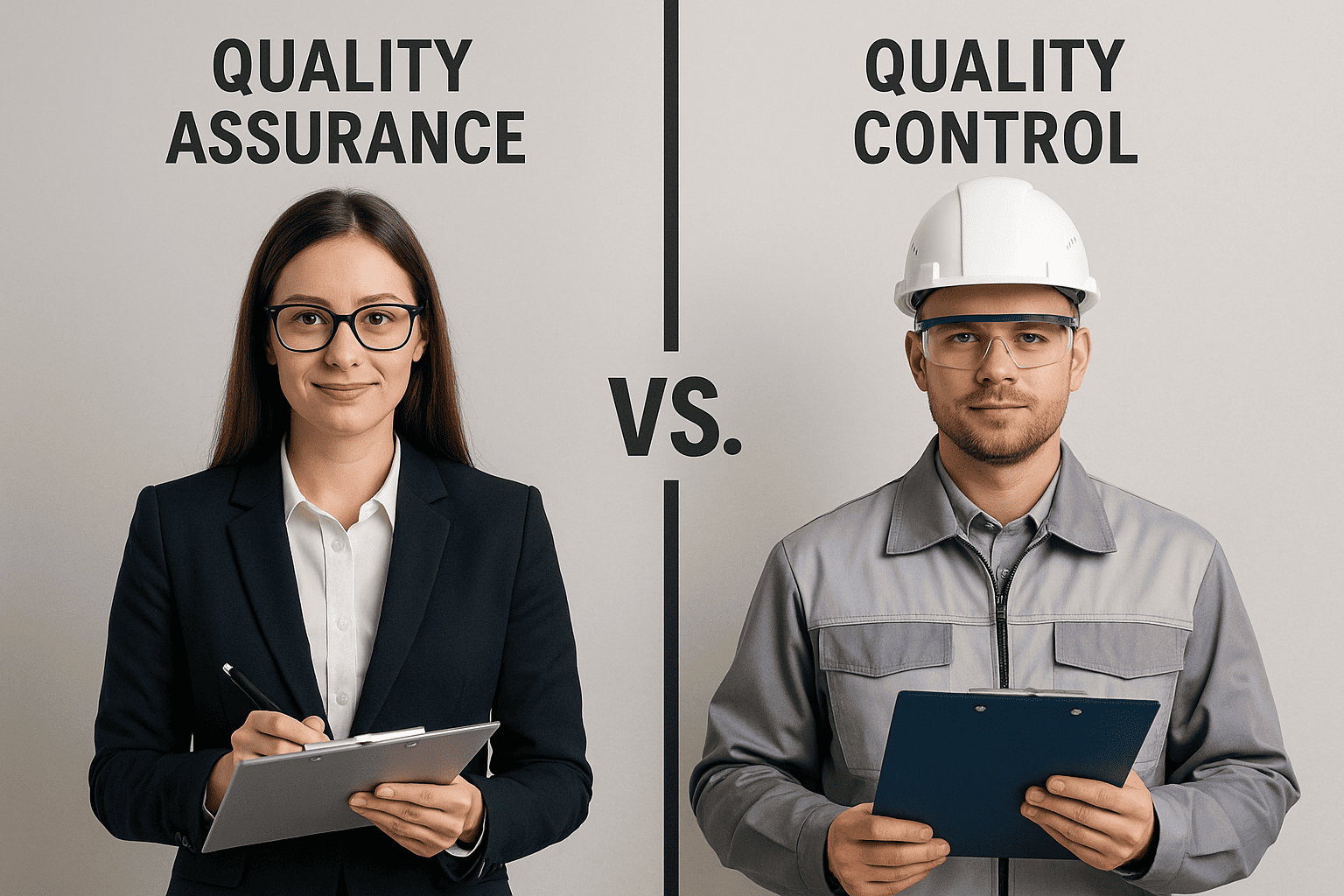

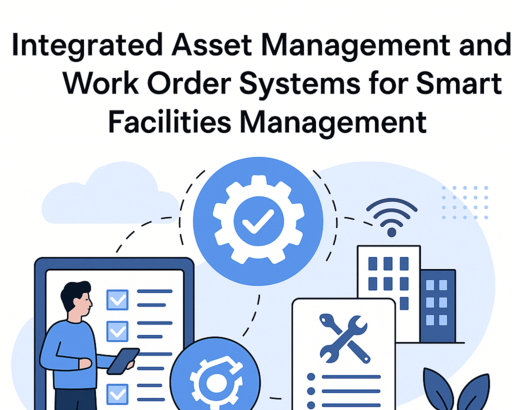
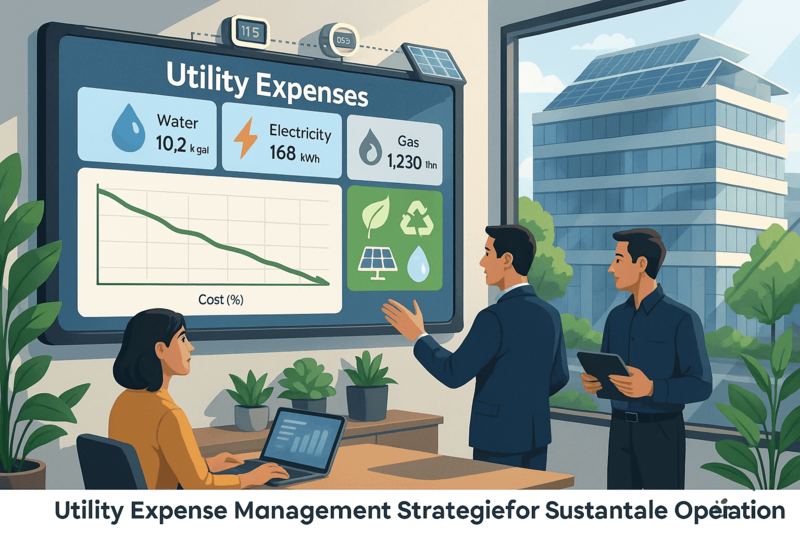



.png)




.png)
















.jpeg)








